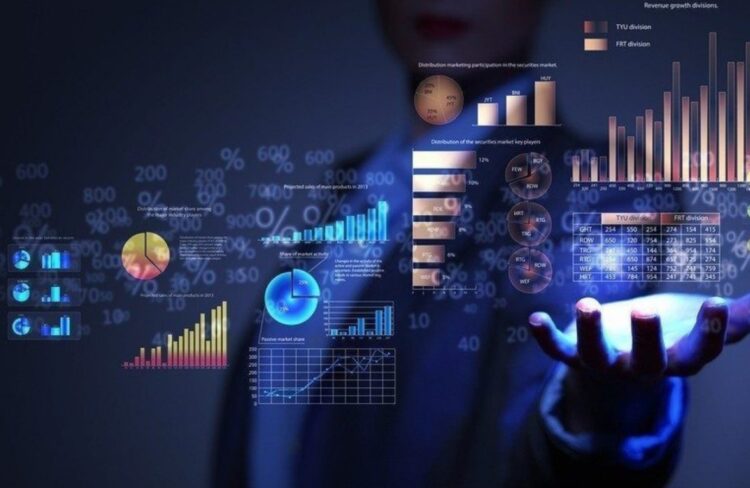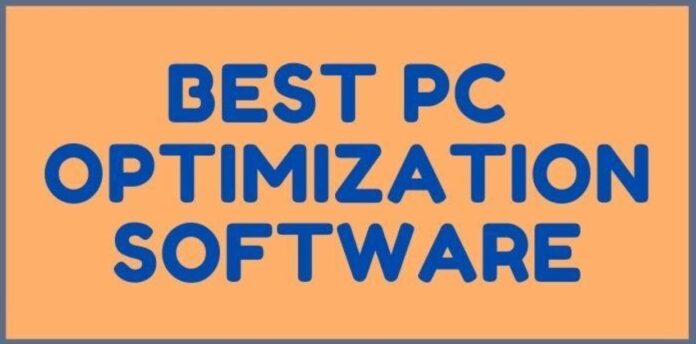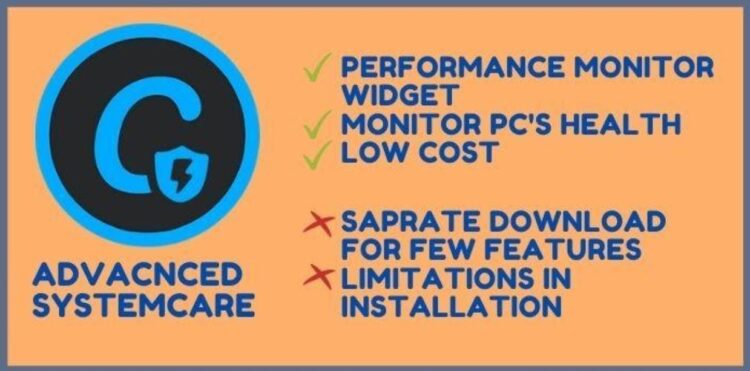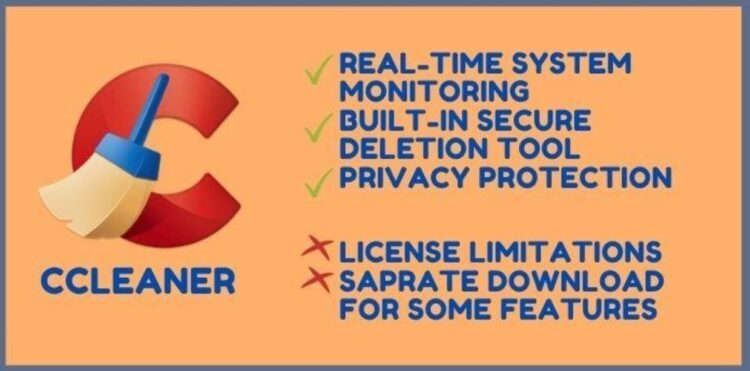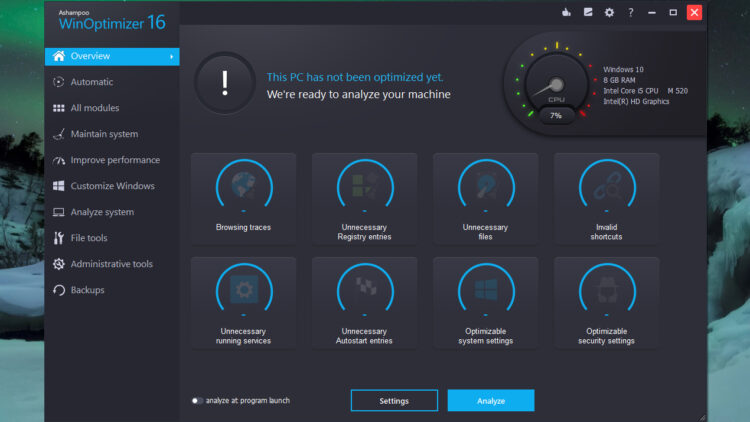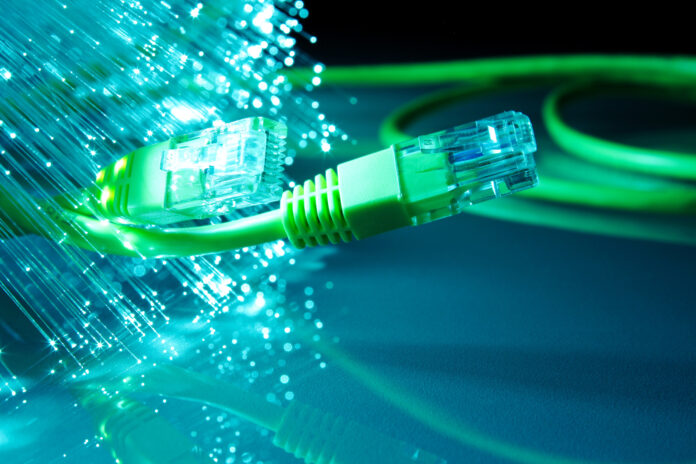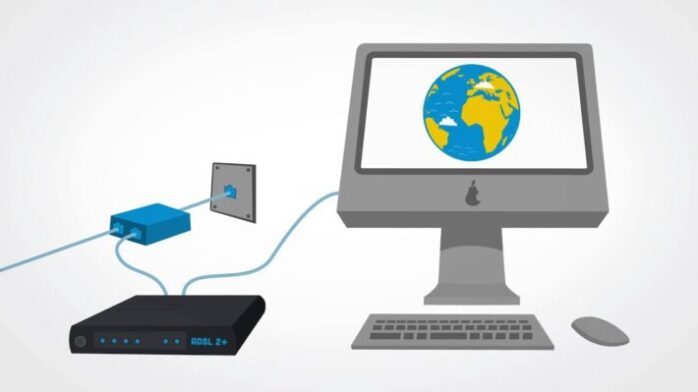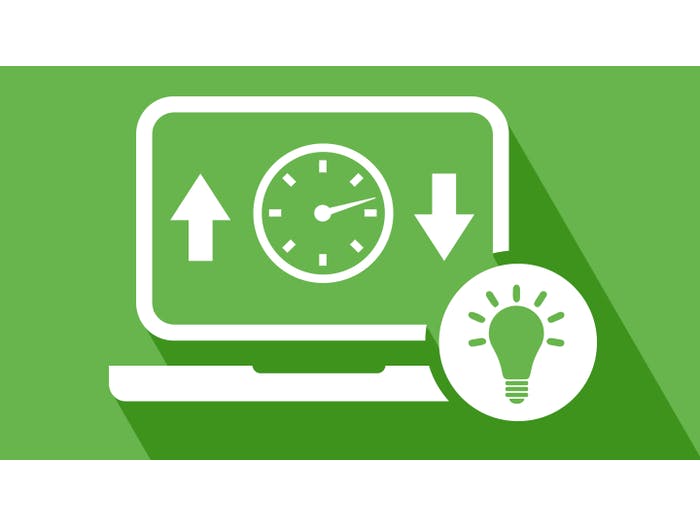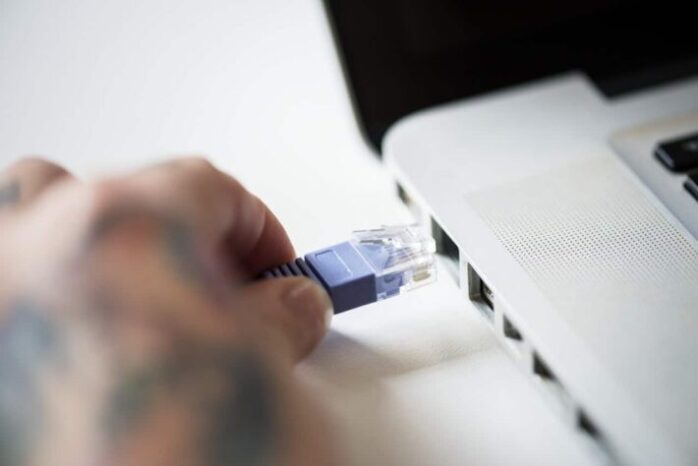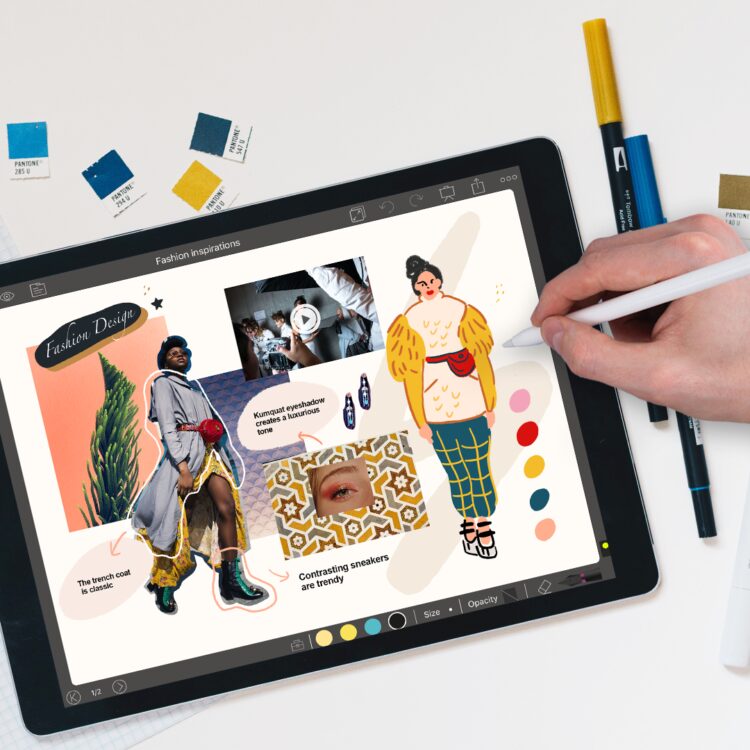Software is helping improve, modernize, and grow many industries in 2024. This is true in the worlds of finance, education, manufacturing, hospitality, and other areas. In the healthcare industry, technological innovations help define what professionals do and how they do it in the 21st century.
It isn’t just one type of software, either. Many types of software are used in many different capacities to benefit the entire healthcare industry. The effects are being felt on all sides of the industry from the patients to medical professionals to business-side administrators.
To help you better understand the types of software being used and how they are affecting the healthcare industry, we have put together a list of some of the top types of software being used in the field today. Here are seven types of healthcare software you should know.
1. Electronic Health Record Software
Electronic health record software (EHR) is used to securely store and manage patient data. It is among the most widely used forms of software in the healthcare industry. EHR software keeps a record of patients’ personal information, medical charts, medical history, medications, and more. The combined modules provide a comprehensive overview of each patient’s condition and history. In addition, A large percentage of healthcare organizations need to be HIPAA compliant, while most of them receive and send patient health information by fax. Consider moving to cloud fax, like mfax.io, to boost productivity and increase security. Secure and reliable fax is essential to protect patient privacy and comply with HIPAA.
Subsets of EHR software have slightly different, specific functions. The two most widely-used are electronic medical record software (EMR) and electronic patient record software (EPR). An EMR is a patient record created by a specific provider to digitally store a patient’s health records from a specific facility or network. This is like a digital version of a paper chart at a hospital. An EPR, sometimes known as a personal health record (PHR), is a digital medical file owned by the patient that can be shared with different healthcare providers.

2. Medical Billing Software
The financial side of the healthcare industry can be very complex. Medical visits and treatments often consist of multiple tests, procedures, and other services. Payments may be the responsibility of the patient, an insurance company, or some combination of the two. Much of this complicated and time-consuming process used to be done hand or with simple spreadsheets but software is changing that.
Medical billing software helps healthcare companies keep their billing and payment systems organized, automates many of the processes within these systems, and helps these businesses get paid in-full and on-time. This type of software is often combined with EHR software (see above) to streamline the entire medical billing and payment process.
3. Software as a Medical Device
One of the most interesting and important uses for software in the healthcare industry is Software as a Medical Device (SaMD). This software is used to diagnose, treat, or prevent health issues while working independently of any other medical device. This incredible technology is helping to make healthcare more affordable, connected, personal, convenient, and cost-effective.
Some examples of SaMD include software that analyzes x-rays or MRIs to help catch issues undetectable to the naked eye or an app that uses your smartphone microphone to detect breathing issues while you are sleeping. To learn more about what SaMD is, how it works, and how it is revolutionizing the healthcare industry, Orthogonal has more details here on the current state of software as a medical device.

4. E-prescribing Software
E-prescribing (eRx) software electronically sends prescriptions for pharmaceutical drugs from a prescribing physician directly to a pharmacy. This software makes the prescribing and filling process for drugs more efficient, more safe and more secure. It is more efficient because digitally transmitted prescriptions drastically reduces the number of phone calls pharmacists make for clarification of orders.
On the safety and security side, eRX cuts down on incorrectly filled scripts and makes the transaction between doctor and pharmacist much harder to fake or counterfeit. This last is a big help in the war on prescription drug abuse. eRx software is quickly becoming standard in the pharmaceutical industry. Rules and regulations vary but several states and major pharmacy chains now actually require prescriptions to be sent via eRx software.
5. Telemedicine Software
The 2024 COVID-19 pandemic has brought many changes, especially in the healthcare industry. One of these major changes is the rise of telemedicine software. This software was slowly trending upwards throughout the last decade but the rapid adoption of this technology caused by the pandemic has made it one of the fastest rising types of software in any industry.
During the pandemic, many patients and medical professionals who would never have used telemedicine software for consultations were forced to use it. In the process, they found many benefits, including less overhead and stress for providers and added access and convenience for patients.

6. Appointment Scheduling Software
Much of the software in the healthcare industry above takes a process that used to be tedious, time-consuming, and/or labor-intensive and makes it much easier and more convenient with technology. No software on this list fits this bill better than appointment scheduling software. Click here for more information about available programs.
Just like it sounds, appointment scheduling software helps automate the scheduling process for medical facilities. This cuts down on the time human employees need to spend on the task thus making them more efficient and saving money. Patients also tend to find the process makes setting appointments easier and more convenient because it reduces wait time.
7. Medical Research Software
The last type of software on the list is behind-the-scenes software that is making a big impact on the field of medicine. Medical research software helps educate medical researchers, helps them share information and collaborate with others in the field, and manages specific processes within the research process such as clinical trials.
This type of software is making the medical research industry better at what they do and more collaborative. Software like this is one of the reasons researchers from pharmaceuticals, medicine, academia, and governments were able to work together and quickly produce a vaccine for COVID-19.
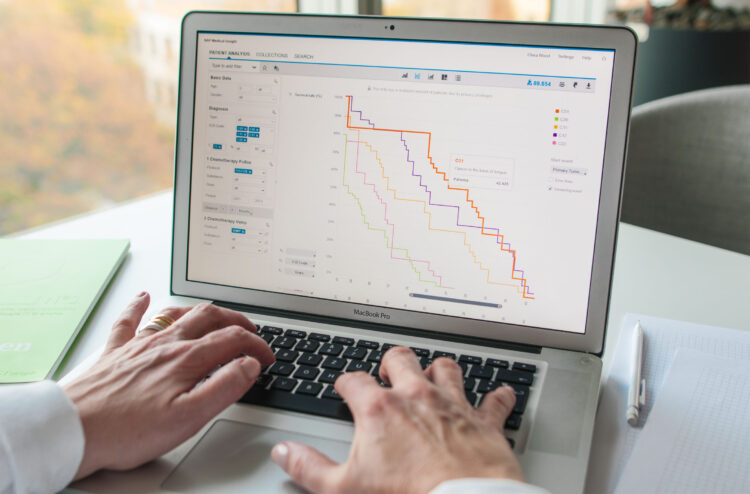
Conclusion
In 2024, the software is changing the world; the healthcare industry is no exception. Software is helping with records management, billing, prescriptions, virtual visits, and medical research. It can even be a medical device unto itself. The influence of software in the healthcare industry is already substantial and should only continue to grow in the coming years.




















